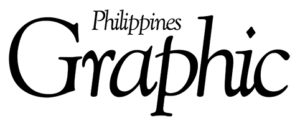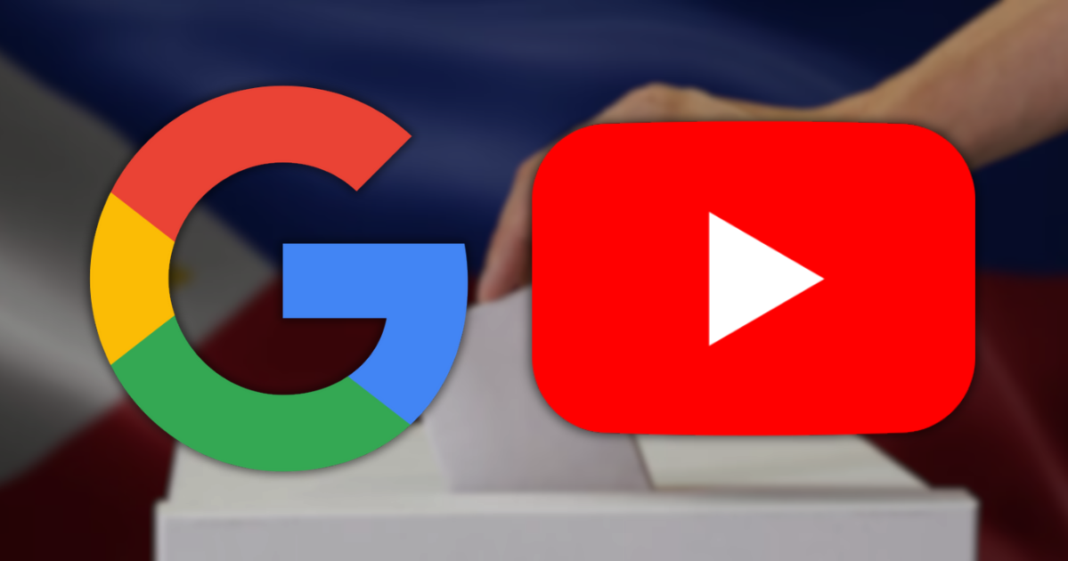As the 2025 midterm elections approaches, Filipinos are turning to Google and YouTube for the latest election news. Recognizing this, Google and YouTube have taken proactive steps to connect voters to reliable information online.
When a viewer searches for something related to a 2025 senatorial candidate on YouTube, an information panel will appear above the search results that highlights the candidate’s information. This could include their political party and a click-through to Google Search to learn more.
On Election Day, YouTube viewers will find a prominent shelf on the homepage showcasing live coverage from authoritative news organizations. This shelf will feature streams in both English and Filipino, enabling viewers to follow the election news and results as they unfold. Furthermore on May 12, the Commission on Elections’ (COMELEC) “How to vote” playlist will be promoted on YouTube, providing Filipinos with relevant materials, requirements, and a step-by-step guide to voting.
On Search, Google’s ranking systems are designed to elevate authoritative information and provide context to voters on a variety of election-related information.
Safeguarding platforms from abuse
Protecting the integrity of elections also means keeping Google and YouTube products safe from abuse. The company has long-standing policies to keep its platforms safe, and these apply to everyone and for all types of content, including elections.
YouTube’s Community Guidelines determine what is not allowed on the platform and apply to all content, regardless of language, how it is generated, or political viewpoint, position or affiliation. Content that misleads voters on how to vote or encourages interference in the democratic process is prohibited on YouTube. YouTube quickly removes content that incites violence, encourages hatred, promotes harmful conspiracy theories, or threatens election workers. The latest Transparency Report shows the Philippines ranked 8th globally for videos removed for violating YouTube policies (over 153,000) between October and December 2024. Repeated violations of YouTube’s policies could lead to channel termination.
Helping people navigate AI-generated content
As more people interact with AI-generated content, Google and YouTube have introduced policies and tools to help people navigate this including:
Content labels on YouTube. YouTube requires creators to disclose whether the video they have uploaded contains any altered or synthetic content. Labels are then added to the description panel indicating this alteration, providing important context for viewers. For content about elections, viewers will see when a label is applied directly to the video player. These labels are applied regardless of the creator, political viewpoints, or language.
Providing voters with additional context. “About this Image” in Search helps people assess the credibility and context of images found online. The double-check feature in Gemini evaluates whether there is content across the web to substantiate its response.
Digital watermarking. Google is committed to finding ways to ensure every image generated through its products has embedded watermarking with DeepMind’s SynthID.
Industry collaboration. Google and YouTube joined the C2PA coalition and standard, a global cross-industry effort to help provide more transparency and context for people on AI-generated content. This brings C2PA’s technical standards for metadata to Ads, Search and YouTube.
For media organizations, Google trains the press to leverage AI technology through AI Workshops. This program equips publishers, editors, and business leaders at news organizations with the knowledge and tools to experiment with and learn about generative AI, using a structured framework with guidance from AI experts and industry mentors. Lessons and insights from the workshop can be applied to election news coverage.
Supporting media literacy programs and COMELEC
Google and YouTube will not allow political ads during the election cycle. Instead, the company is proactively supporting the COMELEC and media literacy efforts to ensure voters can access useful, trustworthy information across its platforms.
Google has been investing in local media literacy programs to teach readers to identify trusted information. This includes entering into partnerships with organizations like CANVAS in creating a media literacy magazine called YOUTHink. YOUTHink has been adapted for various regions in the Philippines, publishing in several languages including Filipino, Cebuano, and Ilocano.
In a collaborative effort to bolster election integrity, Google extended its support to COMELEC through specialized training workshops. These sessions detailed Google’s strategies for safeguarding elections on its platforms, best practices from YouTube to ensure platform safety during critical periods, and a thorough walkthrough of the reporting tools available to government partners. This enabled COMELEC to coordinate with YouTube more effectively to escalate content for review and appropriate action by YouTube on content that violates the platform’s policies.
“Supporting the elections is important to Google and YouTube. As Filipinos prepare for the May 12 elections, we are committed to robust collaboration with the government, industry, media, and civil society. Together, we will help ensure that voters have access to authoritative information and safeguard our platforms from abuse,” said Yves Gonzalez, Head of Public Policy and Government Relations at Google Philippines.
“A well-informed electorate is fundamental to COMELEC’s mission for credible elections. We thank and commend Google for their continued, valuable contributions in ensuring Filipinos have accessible and reliable election information online, empowering them to make informed choices for the midterm elections,” said George Erwin Mojica Garcia, Chairperson of the Commission on Elections.




